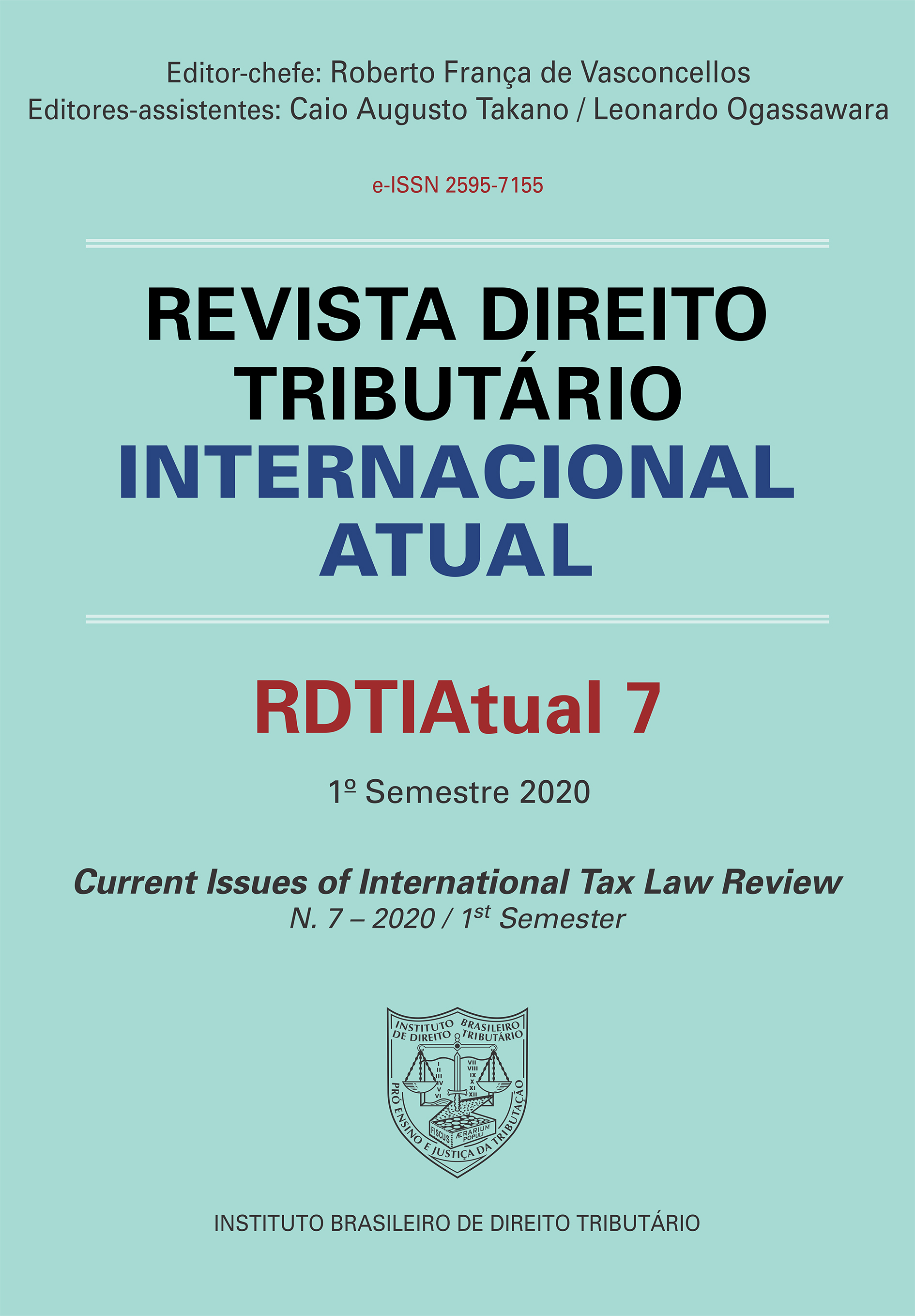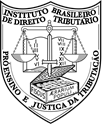A CRITICAL ANALYSIS OF THE PRINCIPAL PURPOSE TEST RULE’S CORE FEATURES AND ITS PRACTICAL APPLICABILITY
DOI:
https://doi.org/10.46801/2595-7155-rdtia-n7-8Palavras-chave:
OECD, MLI, BEPS PROJECT, PPT RULE, TREATY SHOPPINGResumo
This study examines the OECD initiative to combat base erosion and profit shifting (BEPS Project), embodied in the Multilateral Instrument (MLI). In this line, the paper deals with the phenomenon of treaty shopping and the general anti-avoidance rule materialised as the principal purpose test rule – or PPT rule –, conceptualising it, presenting its problems and analysing its practical application. Moreover, the paper addresses its compatibility with the domestic legal systems, and other anti-avoidance clauses set out in the Multilateral Instrument, in particular the Limitation-on-Benefits clause – or LOB clause. Finally, the study culminates in its assertions, noting that specific issues on the PPT rule are inescapable to it, and may affect the very effectiveness of this GAAR.
Publicado
Como Citar
Edição
Seção
Licença

Este trabalho está licenciado sob uma licença Creative Commons Attribution-NonCommercial-ShareAlike 4.0 International License.
O autor (ou coautor) declara que o artigo submetido à avaliação, que segue em anexo, é de sua autoria, e inédito, comprometendo-se a não publicar este artigo em qualquer outro meio, impresso ou digital, mantendo a exclusividade para a Revista Direito Tributário Internacional Atual, cedendo, em caso de aprovação do trabalho, os direitos autorais à Revista para fins de publicação do trabalho nesta edição.





